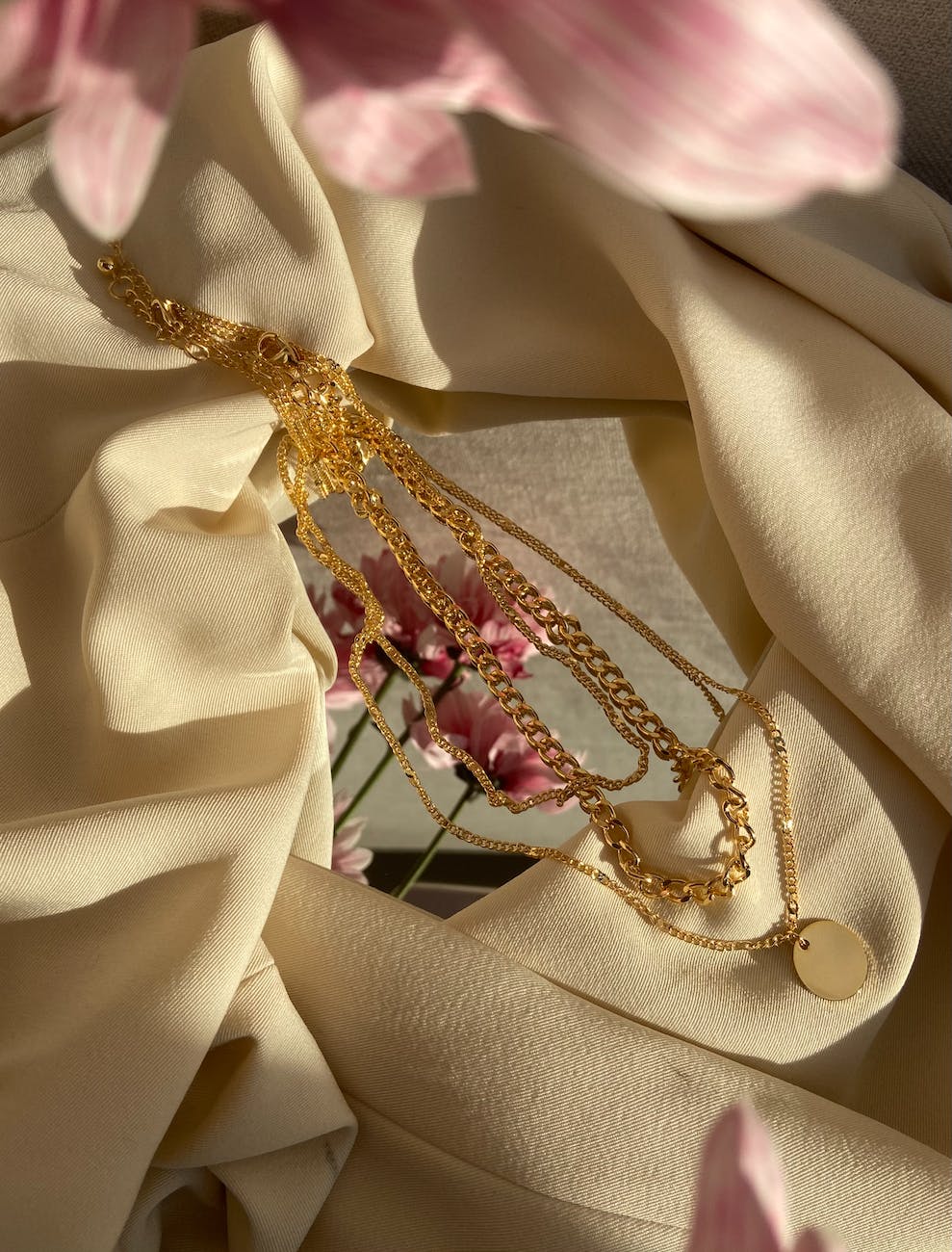What is the Easiest Type of Jewelry to Make?
When it comes to jewelry making, there are countless options to choose from. Whether you’re a beginner looking to start a new hobby or an experienced craftsman, making your own jewelry can be a rewarding and creative endeavor. In this article, we will explore the easiest types of jewelry to make and provide you with some beginner-friendly techniques to get started.
What is jewelry making?
Overview of jewelry making
Jewelry making is the art of creating wearable adornments, such as necklaces, earrings, bracelets, and pendants, using various materials and techniques. It allows individuals to express their creativity and personal style by crafting unique and one-of-a-kind pieces of jewelry.
How to start jewelry making as a beginner?
If you’re a beginner looking to start jewelry making, there are a few essential steps you should take. First, familiarize yourself with the different types of jewelry making techniques and materials available. Research and gather the necessary tools and materials for your projects. Finally, start practicing and experimenting with simple projects to gain experience and confidence in your skills.
What are some beginner-friendly jewelry making techniques?
For beginners, it’s best to start with techniques that are relatively easy to master. One such technique is bead stringing, where you simply thread beads onto a string or wire to create a beautiful necklace or bracelet. Another beginner-friendly technique is wire wrapping, which involves manipulating wire to create intricate designs or secure beads in place.
How to make DIY jewelry?
Step-by-step tutorial for making a beaded necklace
To make a beaded necklace, you will need a string or wire, beads of your choice, and a clasp. Start by determining the desired length of your necklace and cutting the string accordingly. Then, carefully thread the beads onto the string, creating a pattern if desired. Finally, attach the clasp to both ends of the string to secure the necklace.
Creating your own unique earrings
To create unique earrings, you can use a variety of techniques and materials. One easy method is using pre-made earring hooks or posts and attaching beads, charms, or pendants to them. You can also experiment with wire wrapping to create your own designs or use polymer clay to mold and shape custom earrings.
Easy bracelet making ideas for beginners
For beginners, making bracelets can be a fun and straightforward project. One simple idea is to use stretchy cord and thread beads onto it, knotting the ends to secure the bracelet. Another option is to use memory wire, a stiff wire that retains its shape, and string beads onto it to create a stylish and adjustable bracelet.
What are the different types of jewelry you can make?
Exploring wire-wrapped jewelry
Wire-wrapped jewelry involves using wire to create intricate designs or secure beads in place. This technique allows for endless possibilities and can be used to make earrings, necklaces, bracelets, and even rings. It’s a versatile and popular method among jewelry makers.
Making beautiful pearl bead jewelry
Pearl bead jewelry is a classic and timeless choice. It can be as simple as stringing a single pearl onto a chain to create an elegant necklace or using multiple pearls to create a statement piece. Alternatively, you can combine pearls with other beads or pendants to add variety and enhance the overall design.
Creating your own pendant necklaces
Pendant necklaces are a great way to showcase a focal point or a meaningful charm. You can create a pendant necklace by attaching a pendant to a chain using jump rings, or you can create a pendant from scratch using wire wrapping or polymer clay techniques. This allows you to customize the necklace and create a unique piece of jewelry.
What tools and materials are needed for jewelry making?
Must-have tools for beginner jewelry makers
As a beginner jewelry maker, there are a few essential tools you should have in your toolbox. These include pliers for bending and shaping wires, wire cutters for trimming wires to the desired length, and crimping tools for securing clasps and closures. Additionally, a bead scoop, beading mat, and storage containers are useful for organizing and handling beads.
Choosing the right beads for your jewelry project
Choosing the right beads for your jewelry project is crucial as it can greatly impact the overall design and quality of the piece. Consider factors such as size, material, color, and shape when selecting beads. Popular choices include seed beads, glass beads, gemstone beads, and crystal beads, each offering a unique look and feel.
Using jump rings and clasps in jewelry making
Jump rings and clasps are essential components in jewelry making. Jump rings are small metal rings used to connect different parts of a piece together, such as attaching a pendant to a chain. Clasps are the closures used to secure the jewelry around the neck, wrist, or ears. Both jump rings and clasps come in various sizes and styles to suit different designs and preferences.
Where can you learn jewelry making?
Online tutorials for beginners
There are numerous online resources available for learning jewelry making. Websites and platforms offer tutorials, step-by-step guides, and video demonstrations on various techniques and projects. These resources can be accessed from the comfort of your own home, allowing you to learn at your own pace.
Joining local jewelry making classes
Joining local jewelry making classes or workshops can provide a hands-on learning experience and the opportunity to connect with other like-minded individuals. Local community centers, craft stores, and art studios often offer beginner-friendly classes where you can learn from experienced instructors and get feedback on your projects.
Books and resources for learning jewelry making
Books and resources dedicated to jewelry making can be a valuable source of knowledge and inspiration. They cover a wide range of topics, from basic techniques to advanced designs, and often include step-by-step instructions and detailed illustrations. These resources can be a great addition to your library and serve as a reference for future projects.
